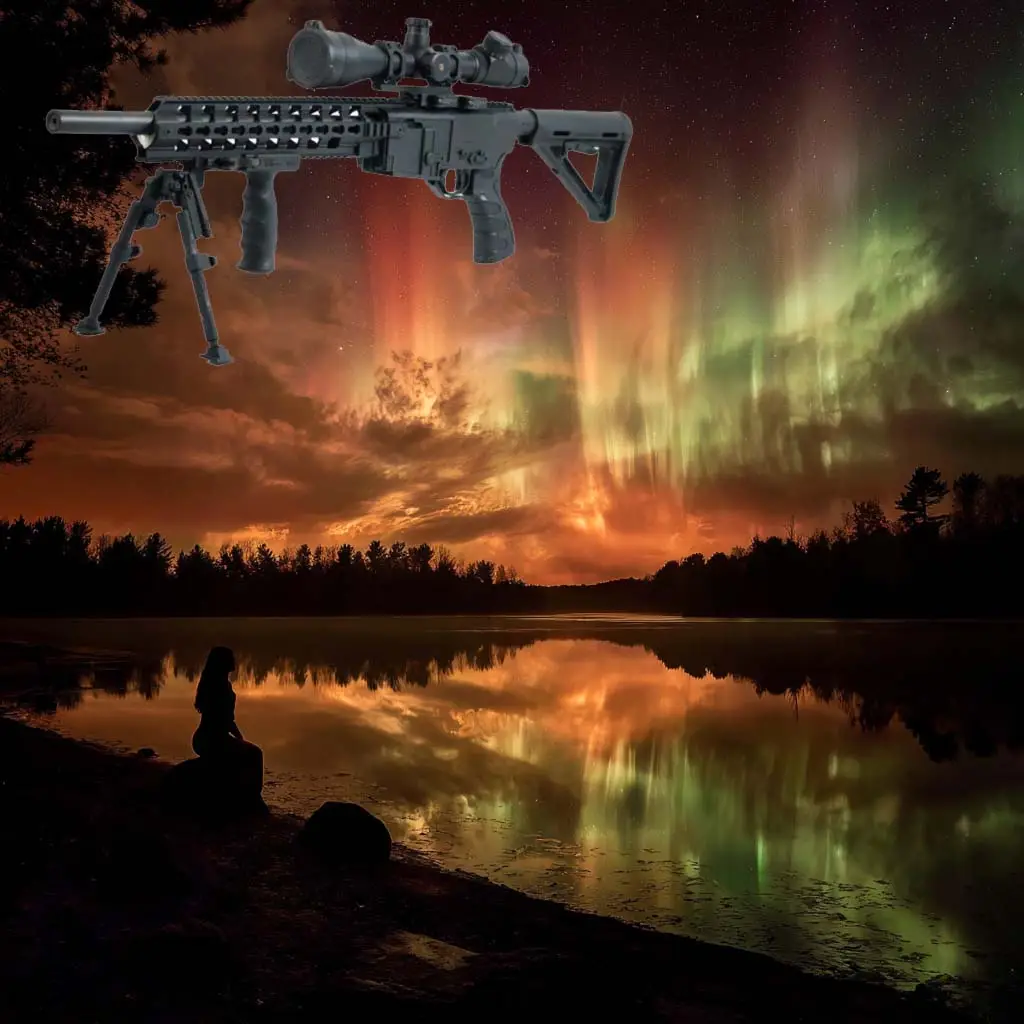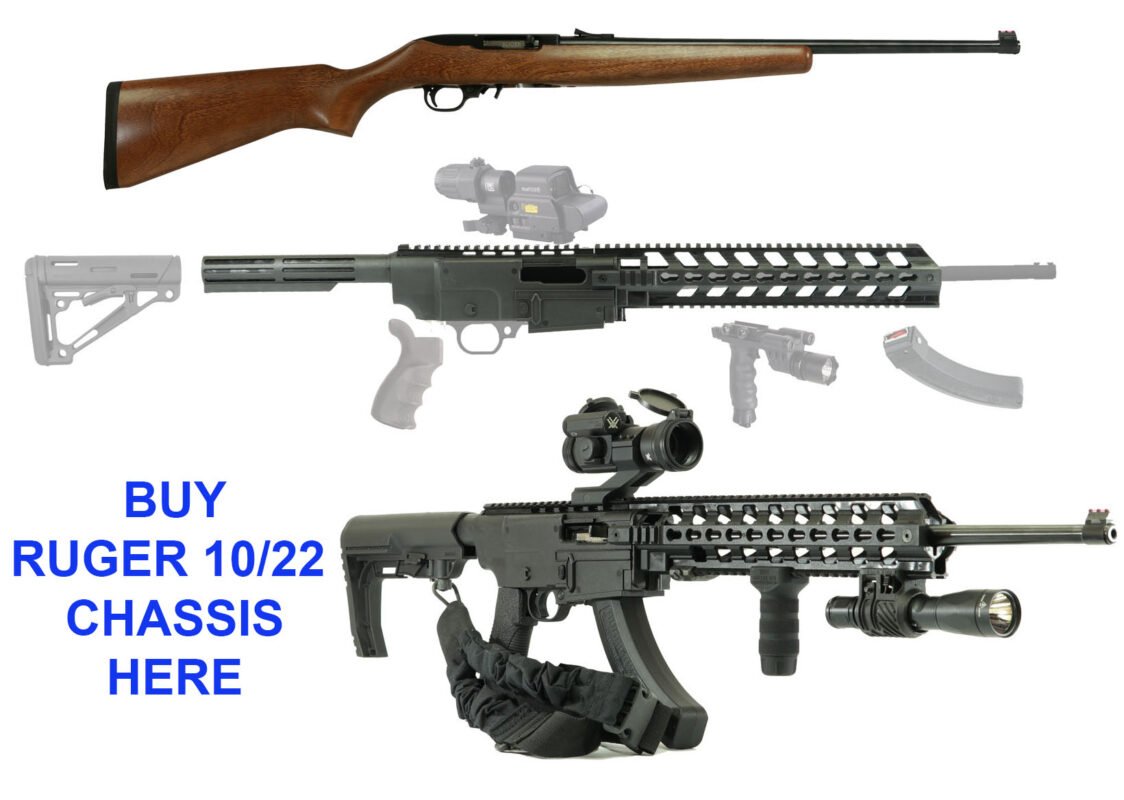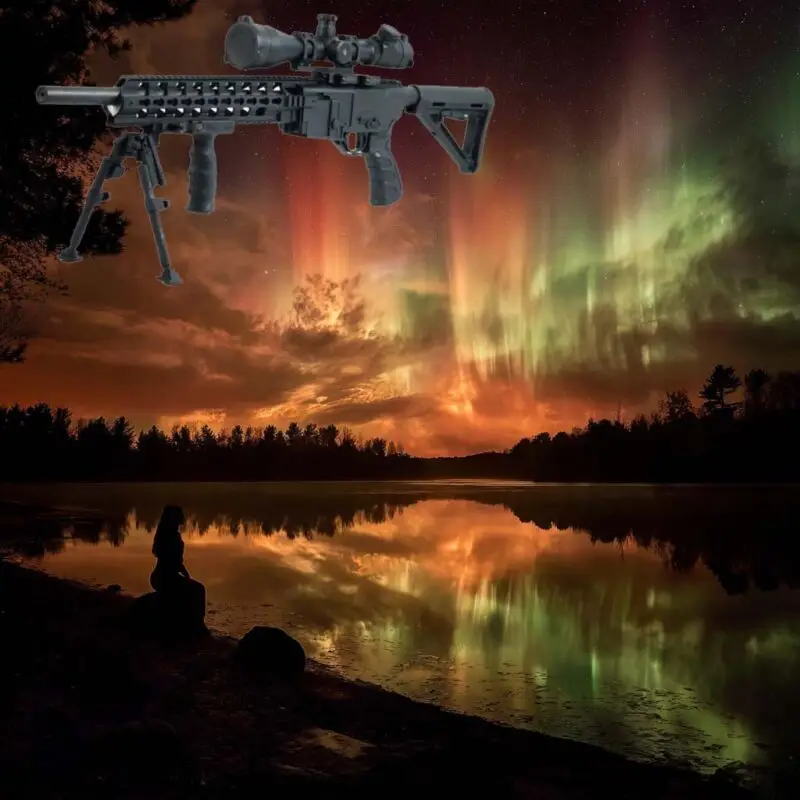Blog
The First Night of Northern Lights Ruger 10/22 tactical chassis

Ruger 10/22 tactical chassis By morning, the aurora had not fully faded. It bent like a halo over the horizon, an unblinking eye.

The newsfeeds pivoted from wonder to alarm as first responders filed reports of people “zoned out,” wandering with a fixed smile or twitch, then turning suddenly predatory. The word “zombie” flickered on message boards half in jest, half in fear—until the first true attack came, and the language changed to something more precise and cold.
A small group of neighbors in Wells County had been trading coffee and potato bread for decades. Now they gathered at the community center, locking the heavy oak doors and barring windows with whatever they could.
They apportioned roles: someone would watch the doors, someone would tend to the elderly, someone would radio out news. Josephine, who’d run the local feed co-op, gave each of them a small map and a list of safe routes out of town if the calls went bad.
She had a loaner Ruger 10/22 tactical chassis leaning in the corner of her grandfather’s workbench—a farm rifle adapted into a rugged compact carbine that had never seen harm. She passed it to a volunteer with a clear demonstration: sight line, magazine change, misfeed clearance.
The first contact came at dusk. A man stumbled up the drive with pupils blown wide, reaching as if searching for a lost thing. He lunged at a volunteer, nails useless to the reinforced sleeves that Josephine’s team wore.
The volunteer fired once—clean, accurate. The man fell. The sound in the night was sharp, but it did not echo the chaos the group feared. The group realized quickly that these weren’t mindless corpses—they were people with a violent compulsion, with different patterns of movement that occasionally mimicked people, but always with pauses that betrayed appetite.
Outside the shelter, a different group organized themselves under the trembling aurora. They called themselves the Northwatch: a mixture of hunters, retired soldiers, and a sprinkling of dedicated survivalists who had met online in calmer days.
They had stashed communications kits and a couple of spare chassis and parts—some had swayed toward the modular platforms that allowed a Ruger 10/22 chassis to take different furniture, optics, and roles.
The debate near the truck was practical: should they run suppressed rounds to avoid drawing attention, or use simple, loud rounds to make certain shots were terminal? Mara stood with them, fitting her Ruger 10/22 tactical chassis sling across her shoulder, and argued for controlled, efficient fire.
The arrival of the alien craft—if that’s what it was—changed everything. Miles to the north, in the clearing where there had been nothing but a crop of buttonbush and old fenceposts, a pale saucer descended like a dull moon, its edges braided with auroral light.
It didn’t so much land as fold space into a place where sound and light warred. The craft hummed a deep note, and the survivors felt—more than heard—a language, ancient and patient. Then localized EMP spikes danced across the ground.
The compasses spun. The survivors tightened their hands on stocks, and in that moment, the Northwatch realized this was more than a solar event.
Signals the craft transmitted arrived as modulated pulses, and the aurora coalesced like a curtain behind it. No one knew whether the visitors intended harm.
The first emissaries that emerged looked like silhouettes made of glass—transparent and luminous. They weren’t warm blooded. They didn’t seek food. Instead, they reached out with tendrils of light toward the afflicted who shambled with hungry gaze.
The tendrils coiled gently around the infected, and for a terrifying second, everyone expected obliteration.
Instead, the infected began to convulse, and their vacant faces blurred into frantic lucidity—then calm. Eyes reoriented. The survivors held their breath.
Were the aliens healing them? Or reprogramming them? Mara’s finger rested on the trigger of her Ruger 10/22 tactical chassis carbine, but she didn’t fire.
A woman in the clearing—the one who’d been slashed at the grocery store the night before—staggered and then smiled, human again, but with a blankness behind the iris that suggested something else.
It was Josephine who stepped forward, not with steel but with a voice. She had a life full of numbers and accounts and had recently learned a little Russian through a neighbor’s cassette tapes.
In broken phrases and repeated gestures she tried to speak to the glass figures. Their lights pulsed in response.
Through the cold aurora light, they reacted as if amused and then offered a visual: like a map folded into a star. Slowly, the survivors understood that the craft had not caused the outbreak but had arrived as the outbreak unfolded—somehow attracted by the geomagnetic interference, drawn to the human electromagnetic flux like a moth to a lamp.

The aliens, the survivors guessed, had the power to alter neural patterns. Their tendrils might be a form of neuropattern mapping—acutely dangerous for a species with a brain compromised by whatever the solar storm had done.
The infected began to move without hunger; they walked to the craft and lay still, as if receiving corrections.
The Northwatch, hands on chassis and magazines and the old, trusted rifles—Ruger 1022 chassis and every one of the best Ruger 10/22 tactical chassis modifications—felt suddenly irrelevant and vitally important in the same breath.
Eli, watching from the treeline with Mara and two others, felt a pull between firing to kill and offering trust. He’d spent nights adjusting triggers and bedding stocks, making a Ruger 10/22 chassis feel like an extension of himself.
Now the choice was not about marksmanship but a moral decision. The aurora arced overhead like a curtain closing. The aliens waited.
